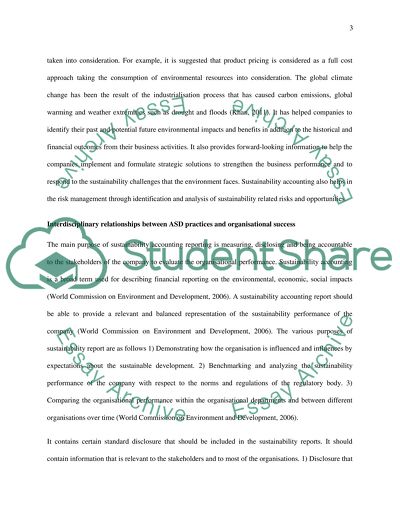Cite this document
(“Green Accounting Essay Example | Topics and Well Written Essays - 2500 words”, n.d.)
Green Accounting Essay Example | Topics and Well Written Essays - 2500 words. Retrieved from https://studentshare.org/finance-accounting/1475844-green-accounting
Green Accounting Essay Example | Topics and Well Written Essays - 2500 words. Retrieved from https://studentshare.org/finance-accounting/1475844-green-accounting
(Green Accounting Essay Example | Topics and Well Written Essays - 2500 Words)
Green Accounting Essay Example | Topics and Well Written Essays - 2500 Words. https://studentshare.org/finance-accounting/1475844-green-accounting.
Green Accounting Essay Example | Topics and Well Written Essays - 2500 Words. https://studentshare.org/finance-accounting/1475844-green-accounting.
“Green Accounting Essay Example | Topics and Well Written Essays - 2500 Words”, n.d. https://studentshare.org/finance-accounting/1475844-green-accounting.


